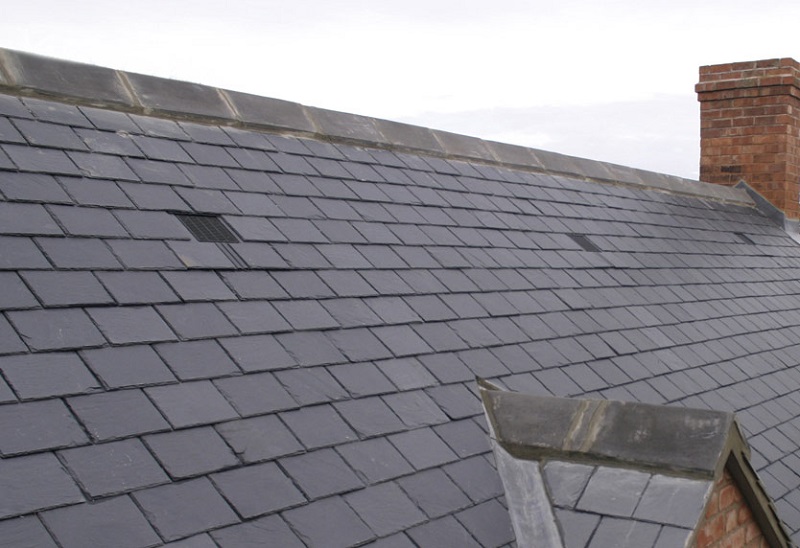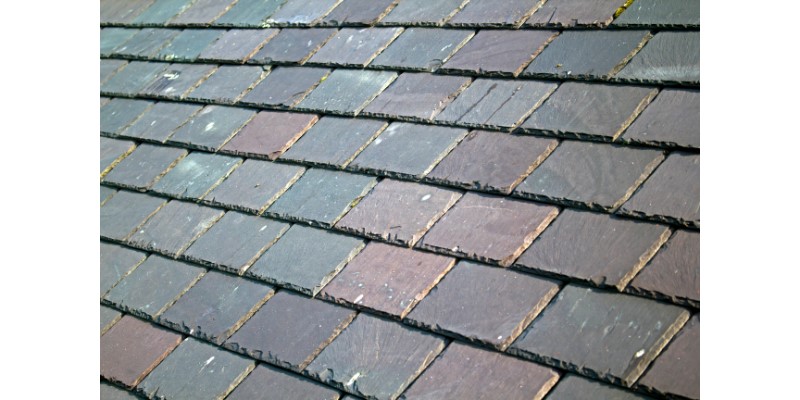Traditional Slate Roofs in Scotland: A Timeless Craft

In the rugged landscapes of Scotland, where the weather can be harsh and unforgiving, traditional slate roofs have long been a staple of architectural design. These roofs not only provide protection from the elements but also showcase the timeless beauty and craftsmanship that are synonymous with Scottish architecture. In this article, we will delve into the rich history, construction techniques, and advantages of traditional slate roofs in Scotland.Slate Roofing Contractors StirlingSlate Roofing Contractors Stirling
A Brief History of Traditional Slate Roofs in Scotland
The use of slate as a roofing material in Scotland dates back centuries. The country’s abundant natural resources, including high-quality slate deposits, made it an ideal choice for roofing. The earliest evidence of slate roofs in Scotland can be traced back to the 16th century, with the construction of iconic structures such as castles, churches, and manor houses.
During the Victorian era, slate roofs became even more prevalent in Scotland. The Industrial Revolution brought technological advancements that made the extraction and transportation of slate more efficient. This led to an increase in the availability and affordability of slate, making it accessible to a wider range of buildings and homeowners.
Slate Roofing Contractors Stirling
The construction of a traditional slate roof requires skill and precision. Here are the key steps involved in the process:
1. Roof Deck Preparation
The first step in constructing a slate roof is to prepare the roof deck. This involves ensuring a solid and stable base for the slate tiles. Typically, wooden boards or sheathing are laid over the roof trusses to create a flat and even surface.
2. Underlayment Installation
To further protect the roof from water infiltration, an underlayment is installed over the roof deck. Traditionally, this was done using a layer of roofing felt or tar paper. Nowadays, modern synthetic underlayments offer enhanced durability and waterproofing capabilities.
3. Slate Tile Selection and Sorting
Choosing the right slate tiles is crucial for a visually pleasing and long-lasting roof. Scottish slate is known for its durability and distinctive color variations. The tiles are sorted based on size, thickness, and quality to ensure a uniform appearance when installed.
4. Slate Tile Installation
The installation of the slate tiles requires skill and attention to detail. Each tile is individually secured to the roof deck using copper or stainless steel nails. The tiles are overlapped, starting from the eaves and working upwards, to create a watertight seal. This installation technique, known as “lapping,” ensures that rainwater flows down the roof without seeping through the gaps between the tiles.
5. Finishing Touches
Once the slate tiles are installed, additional elements such as ridge tiles, flashings, and guttering are added to provide further protection and aesthetic appeal. Ridge tiles are placed along the ridgeline of the roof, while flashings are used to seal joints and transitions between the roof and other structures, such as chimneys or dormer windows.Slaters Stirling
Advantages of Traditional Slate Roofs
Traditional slate roofs offer numerous advantages that have contributed to their enduring popularity in Scotland:
1. Durability and Longevity
Scottish slate is renowned for its exceptional durability, with some roofs lasting well over a century. The natural properties of slate, including its resistance to fire, rot, and insect damage, contribute to its longevity. A well-maintained slate roof can withstand the harshest Scottish weather conditions, including heavy rain, strong winds, and freezing temperatures.
2. Aesthetics and Architectural Appeal
The distinctive look of a slate roof adds character and elegance to any building. The deep, earthy tones of Scottish slate blend harmoniously with the natural surroundings, creating a visually pleasing aesthetic. Whether it’s a historic castle or a cozy cottage, a slate roof enhances the architectural charm and heritage of Scottish buildings.
3. Low Maintenance Requirements
Compared to other roofing materials, traditional slate roofs require minimal maintenance. Once installed correctly, slate tiles are highly resistant to moss, algae, and other organic growth. Additionally, they do not fade or deteriorate over time, reducing the need for frequent repairs or replacements.
4. Environmental Sustainability
Slate is a natural and eco-friendly roofing material. It is sourced from quarries, which minimizes the carbon footprint associated with manufacturing synthetic roofing materials. Furthermore, the longevity of slate roofs reduces the amount of waste generated by frequent roof replacements, making it a sustainable choice for environmentally conscious homeowners.
5. Enhanced Property Value
A traditional slate roof adds significant value to a property. The timeless appeal and durability of slate roofs make them highly desirable among buyers and can increase the resale value of a home. The prestige associated with a slate roof also contributes to the overall perceived quality and desirability of a property.

Slate Roofing Contractors Stirling
To ensure the longevity and performance of a traditional slate roof, regular maintenance is essential. Here are some key maintenance practices:
1. Inspections
Regular inspections of the roof should beconducted to identify any potential issues or damage. This can be done annually or after severe weather events. Inspections should include checking for loose or missing tiles, signs of wear or deterioration, and any areas of potential water infiltration.
2. Cleaning
Periodically cleaning the roof can help prevent the buildup of debris, moss, and algae, which can compromise the integrity of the slate tiles. Gentle cleaning methods, such as low-pressure washing or brushing with a soft-bristle brush, should be used to avoid damaging the tiles.
3. Repairs
If any damaged or missing tiles are identified during inspections, prompt repairs should be carried out. This involves replacing the damaged tiles with new ones of a similar size, thickness, and color. It’s important to use compatible materials and follow proper installation techniques to maintain the integrity of the roof.
4. Gutter Maintenance
Keeping the gutters clean and free from debris is crucial for the proper drainage of rainwater from the roof. Clogged gutters can lead to water overflow, which can damage the roof and its underlying structures. Regular gutter cleaning and maintenance should be part of the overall roof care routine.
5. Professional Assistance
For complex repairs or extensive maintenance, it’s advisable to seek professional assistance from experienced slate roofing contractors. They have the expertise and specialized tools to handle intricate repairs, ensure proper installation, and provide guidance on the best practices for maintaining a traditional slate roof.
Conclusion
Traditional slate roofs in Scotland represent a timeless craft that combines durability, aesthetics, and environmental sustainability. The rich history and construction techniques associated with these roofs have stood the test of time, offering homeowners a durable and visually appealing roofing solution. With proper maintenance and care, a traditional slate roof can protect and enhance the architectural heritage of Scottish buildings for generations to come.
